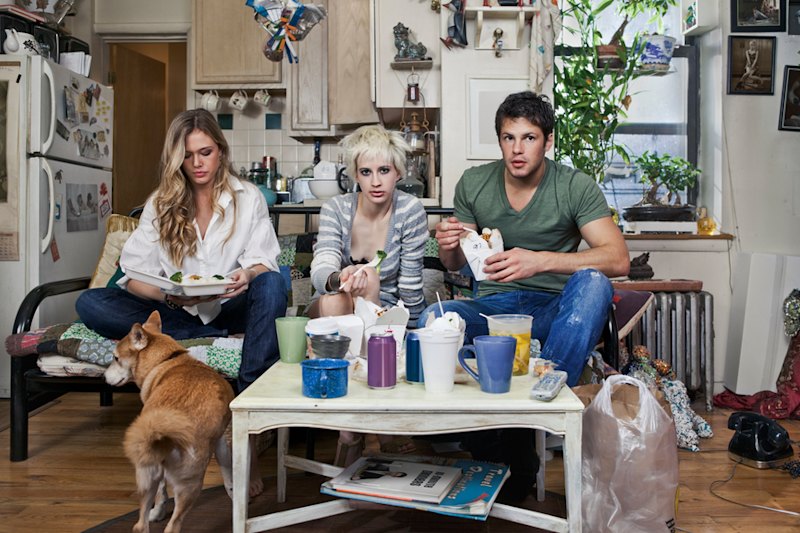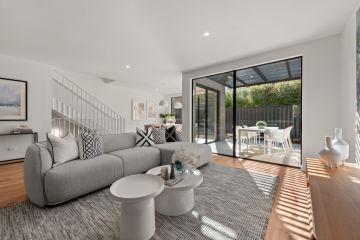Three new mediative spaces in the Royal Botanic Gardens ready to offer respite

Urban life is arguably busier than ever, but there are three new mediative spaces ready to offer precious green respite.
Tucked in quiet nooks of the popular Fern Gully, the Royal Botanic Garden’s Wellbeing Garden is all about offering intimate and interesting spaces for rejuvenation.
The botanic garden – celebrating its 173rd year this year – has been working closely with three local donors to create three magical new zones to public visitors: the Bird’s Nest, the Grotto and the Moss Garden.
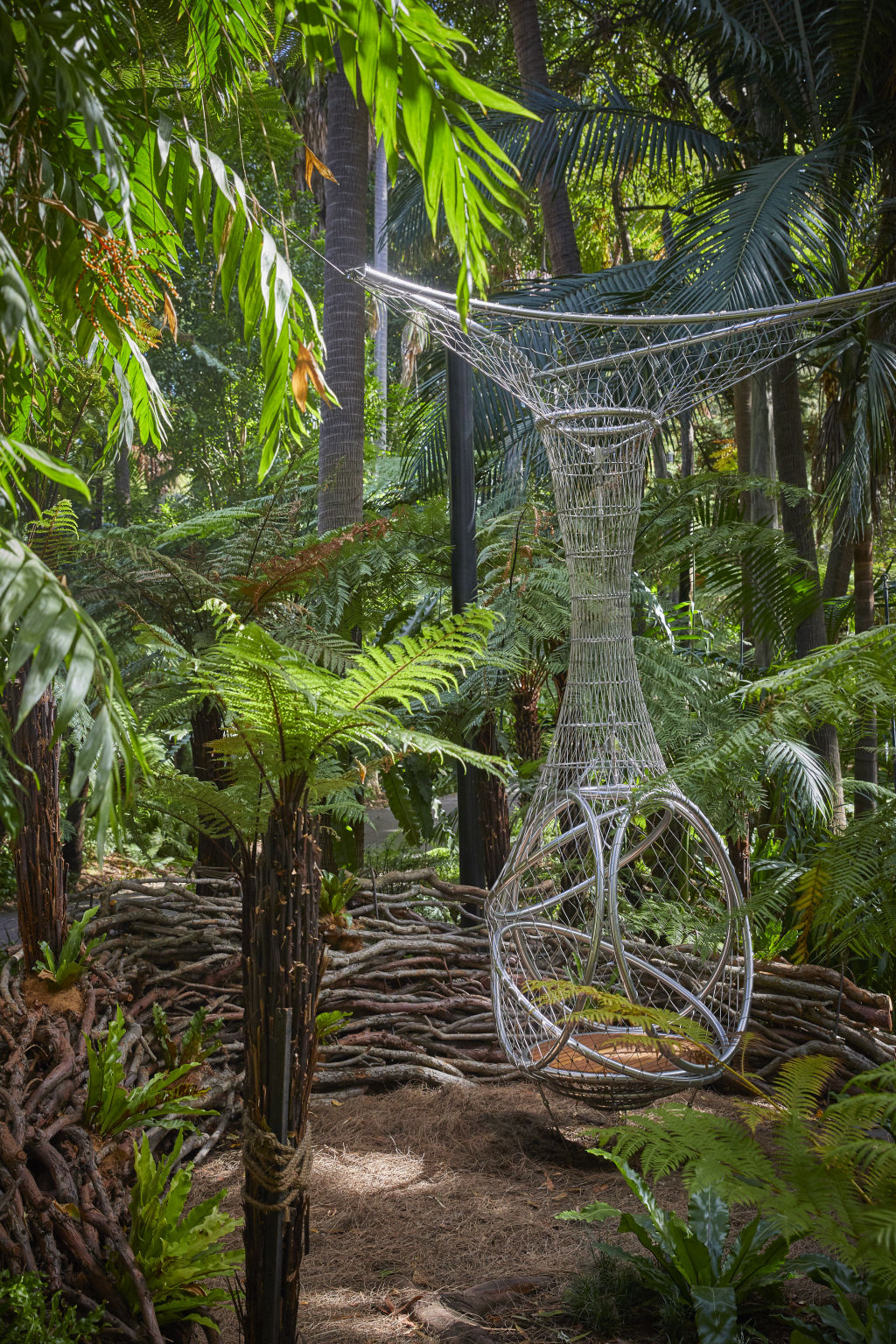
They are accessed off the boardwalk on secondary paths that loop back to the main walk.
The garden’s Victorian director and chief executive, Professor Tim Entwisle, says that Fern Gully was “already a very popular place within the Botanic Gardens” and he expected its latest additions to create “yet another reason to return, reconnect and recharge”.
“It is very cool in the summer, [and] in recent years we have put in a boardwalk so that the gardens become more accessible for everyone,” he says.
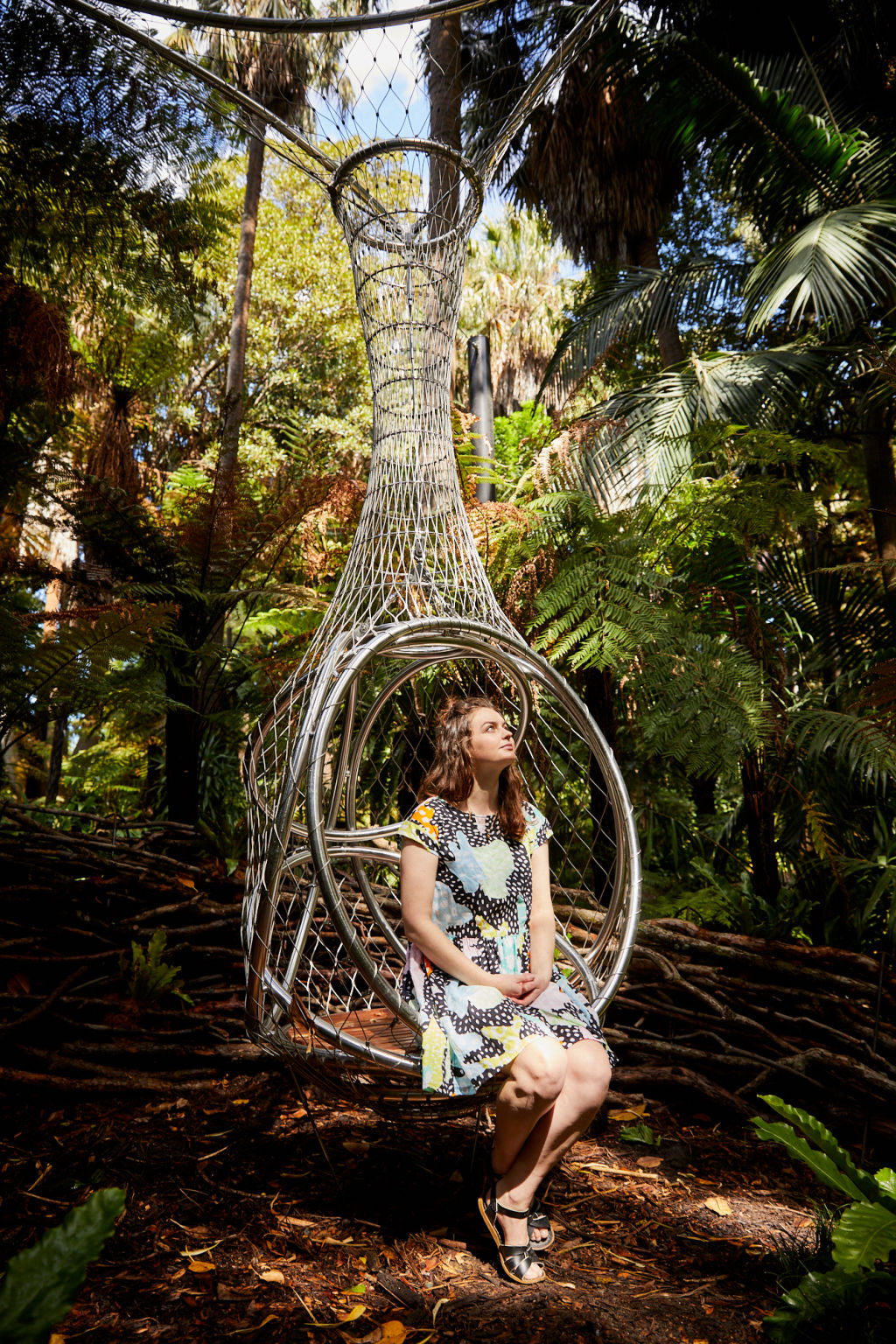
“Now, thanks to the generosity of our donors, we have put in three small gardens so people can sit in small groups and enjoy time together.”
Here is a preview of what you can expect to find in each garden:
The Bird’s Nest
Designer David Wong and landscape architect Andrew Laidlaw created this whimsical space, reminiscent of “a butterfly’s chrysalis”.

“It’s a play on things, a playful hideaway. It is a woven ‘fence’ and inside a hanging seat that people can come and swing on,” Professor Entwisle says.
Inspired by a love of birds, the area is fashioned around a large ficus tree nestled in a sculptured bird’s nest and surrounded by an arc of bird’s nest ferns and native orchids.
The Grotto
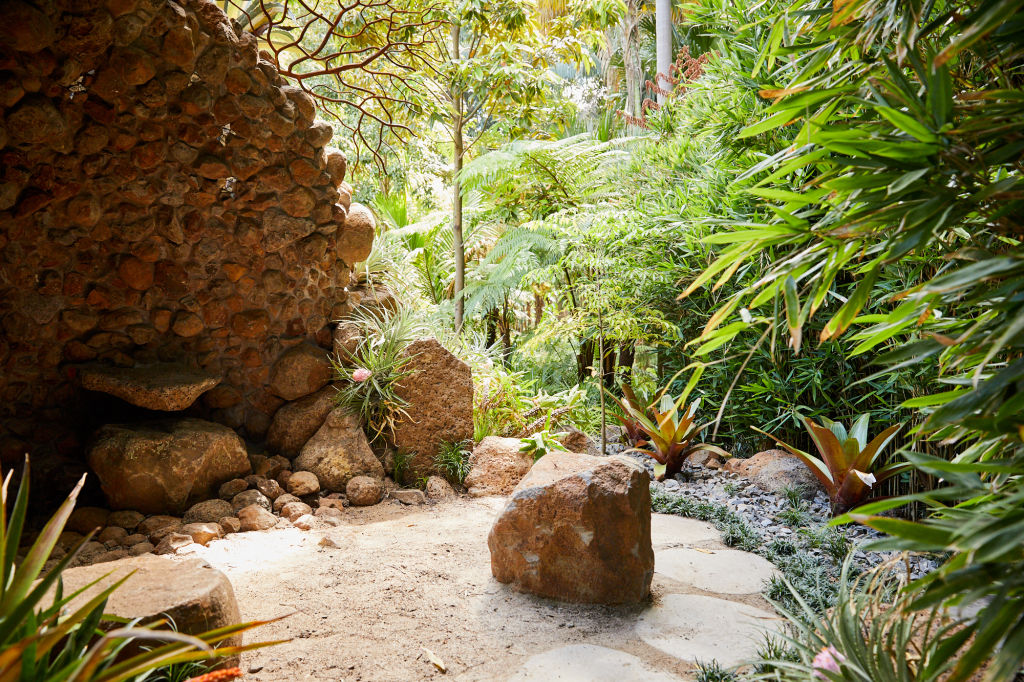
Common in Europe, grotto gardens are typically ornate and use much stone. This one is true to its origins, with a local twist, and up to five people can sit in this secluded space together.
“What you will find in ours are the remains of an old property plus some rocks from the garden of its donor. It has been designed in memory of the donor’s late husband and uses stones from their property in Dunkeld,” Professor Entwisle says.
“It also features volcanic stone and, on the wall, bits of china and crockery fragments embedded because, over the years of the gardens, it has been common for visitors to bring along their own crockery sets for picnics and so the design incorporates those fragments left behind in the gardens.”
The Grotto houses its own small trickling water feature and is shielded by an intricate wrought-iron artwork by artist Justin Purser.
The Moss Garden
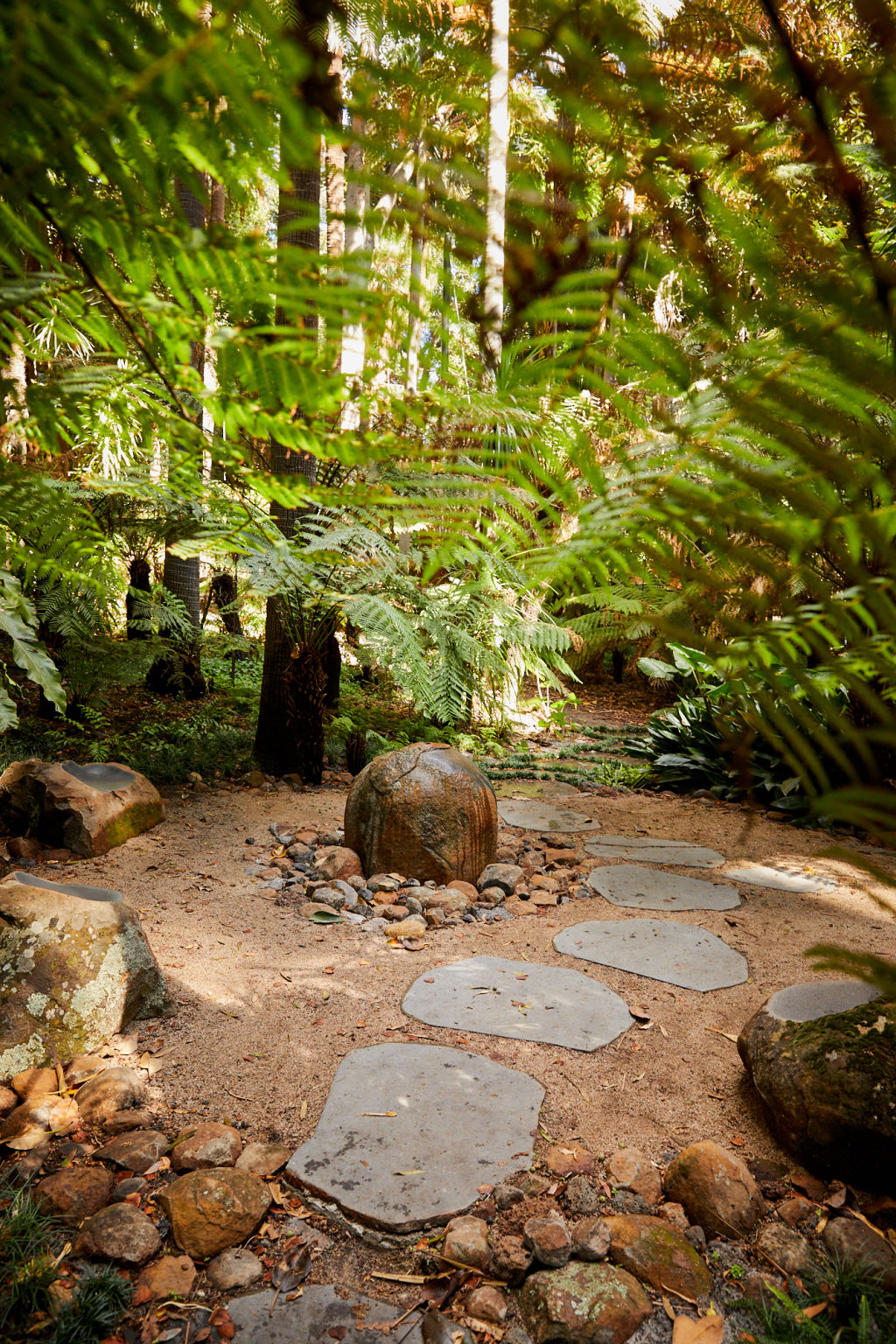
This charming greenspace takes its design cues from the serene and intimate gardens of Japan.
Three sculpted stone seats by Ashika Ostapkowicz circle a central “mother stone”, which symbolises the “well spring of life” and creates a circular space for unions, Professor Entwisle says.
“The large rock centrepiece has water bubbling up the middle of it, so it is not a fountain as such but more Arabic in style, more subtle,” he says.
“There are these other smaller rocks that act as seats around the central rock, and we will also have soft mosses in this garden that we will encourage to grow over time.
“Nearby we have the botanic garden’s Rest House, which is lovely with all these mosses on the roof, a very suitable place for our new Moss Garden to be located.”
We recommend
We thought you might like
States
Capital Cities
Capital Cities - Rentals
Popular Areas
Allhomes
More
